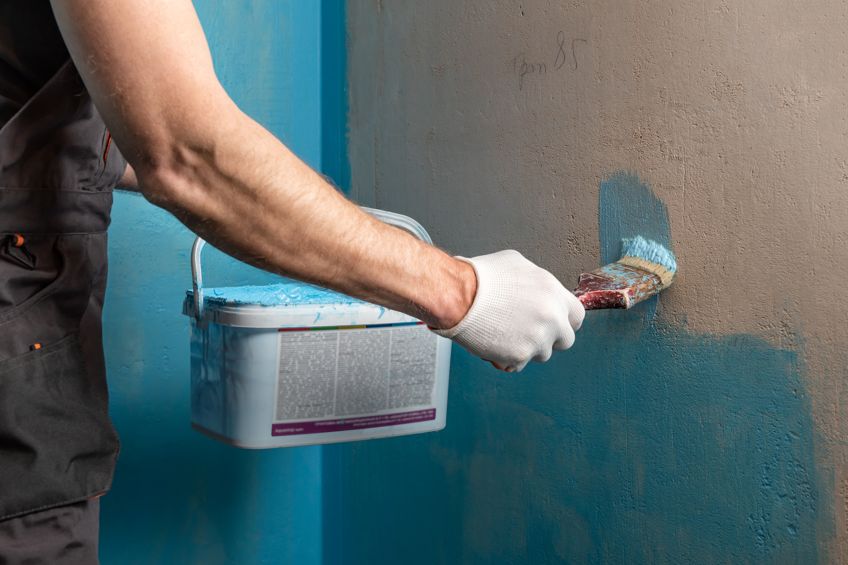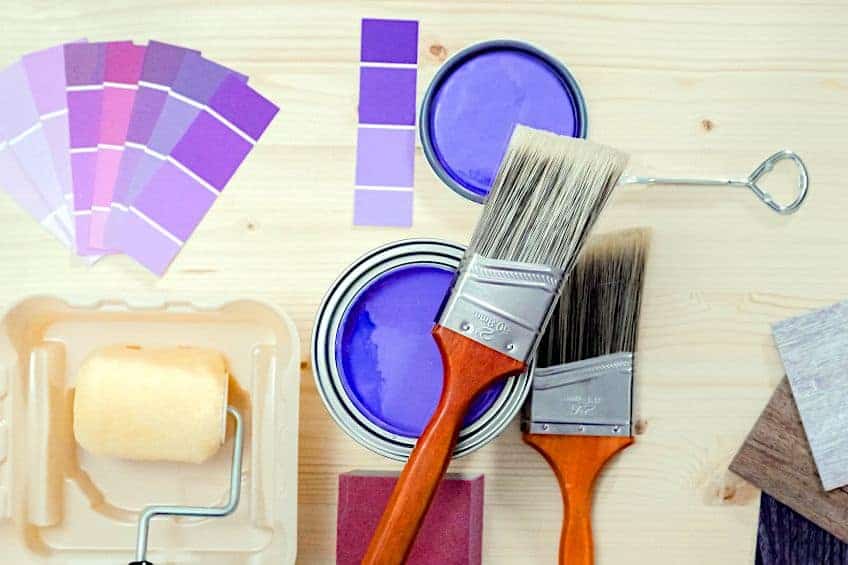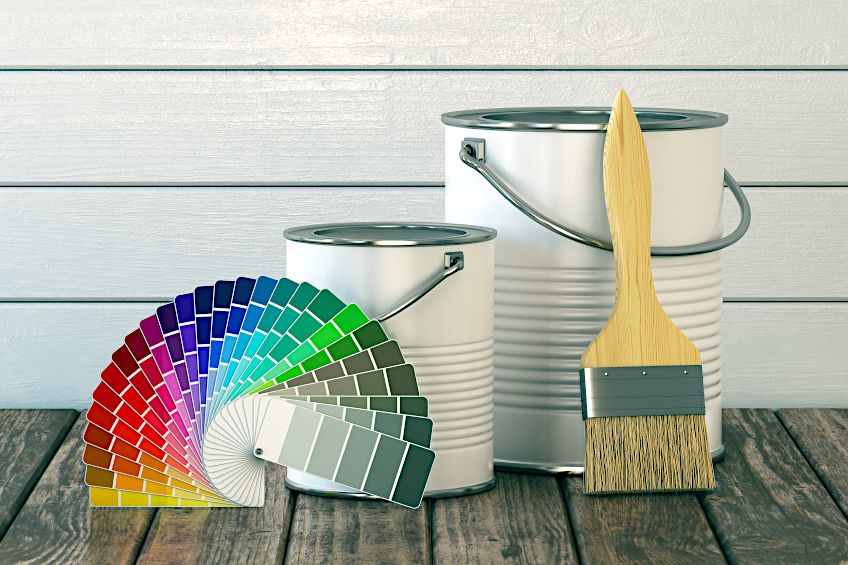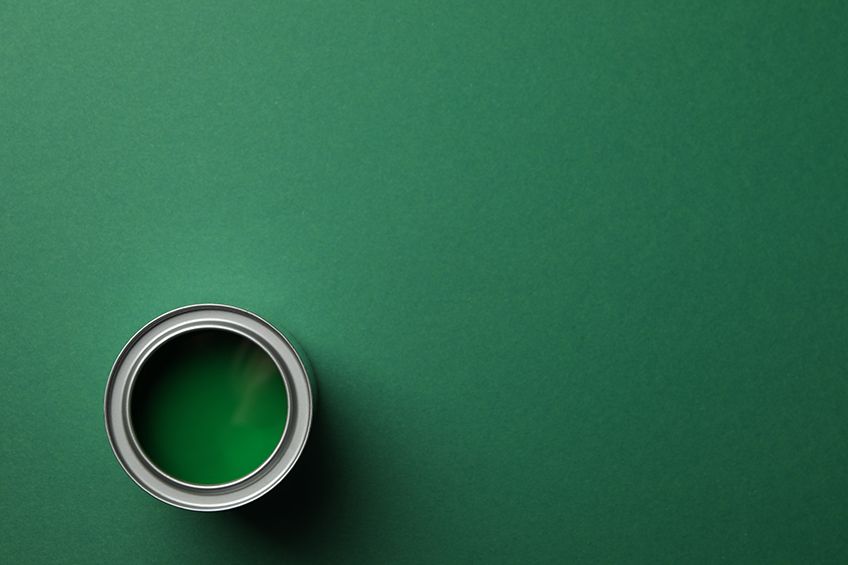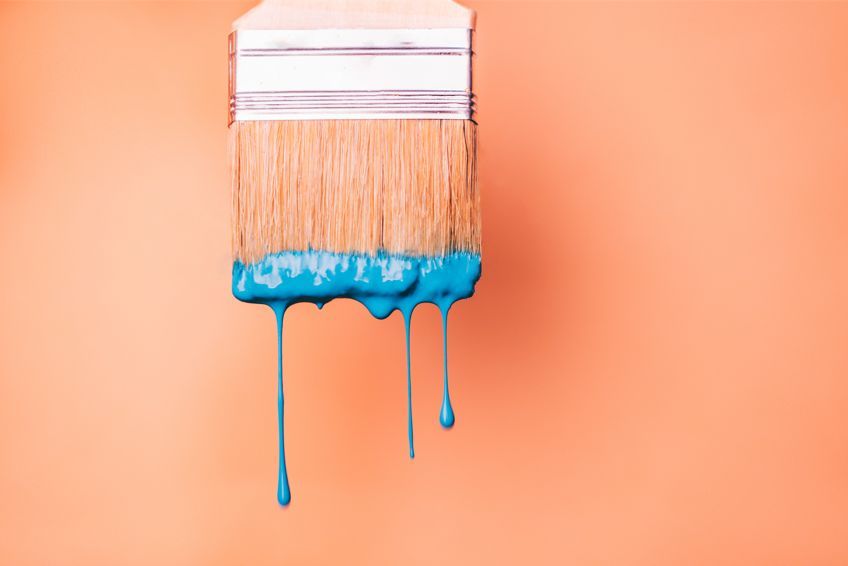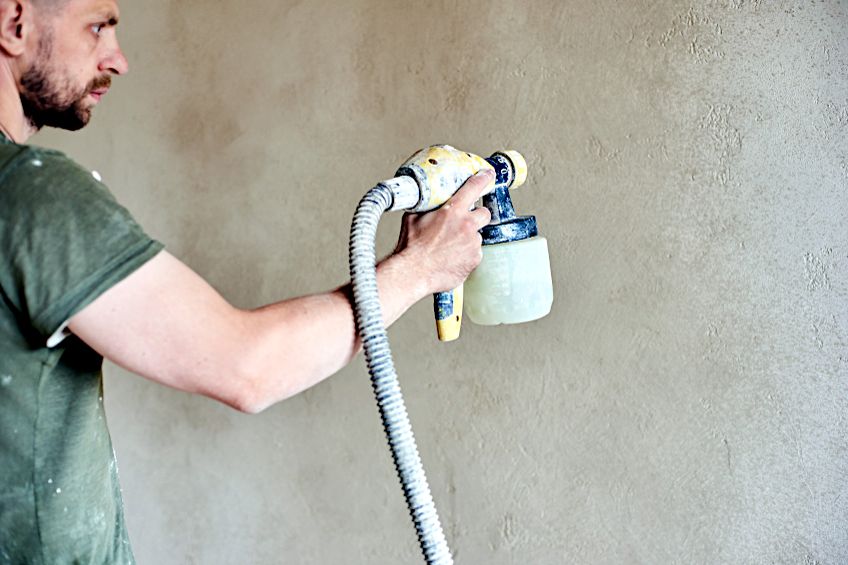How Long to Wait Between Coats of Paint? – Paint Drying Times
This post may contain affiliate links. We may earn a small commission from purchases made through them, at no additional cost to you. You help to support resin-expert.com
Finding just the right paint for the job is one of the best feelings in the world. You can picture in the space you’ve chosen and you’re probably drooling at the thought of waking up to see it every day. This being said, it can be all the more disappointing to find that the color hasn’t turned out as you imagined it. This frustration can lead to you quickly applying another coat of paint to remedy the situation but applying an additional coat too soon can result in disastrous consequences. How long should you wait before applying another coat though? Let’s have a look at how long to wait between coats of paint, why it’s a bad idea to apply an additional coat before then, and what impacts the drying and curing times of paint.
Table of Contents
What Does It Mean for Paint to Be Dry?
Before we get into how long to wait between coats of paint, it’s a good idea for you to understand some of the terminology associated with the drying process. Just because a paint is dry to the touch doesn’t mean that it can be painted over or sealed. Here are a few terms to understand that are important to differentiate when discussing how long to wait between coats of paint.
Drying Time
Just because a paint is dry doesn’t mean that an additional coat can be applied. Generally, when one says a coat of paint is “dry”, it means that when touched the paint does not peel away and/or does not feel sticky in texture. If you read the back of most modern paint containers the manufacturer will likely refer to this stage in the drying process as “dry to touch”.
If you’re super eager to apply your second coat of paint, whether it be due to time or excitement, the paint appearing to be dry could result in you applying your second coat far too early. However, at this stage only the surface layer of paint is dry, and attempting to apply an additional coat will likely result in your ruining the first.
Paint Recoat Period
This is the time you’re aiming for when applying an additional coat to your surface or workpiece. Depending on the type of paint, the environment, and the type of material you’re painting, this interval could arrive really quickly or take as long as 12 hours. Knowing the variables beforehand can save you loads of time, effort, and frustration during the painting process.
Paint Cure Time
The cure time of paint is the safest metric to follow when considering the time between coats of paint. When a paint has fully cured it means that not only the surface of the coat has dried, but the squishy bits in-between too. This means that the paint is not only dry to the touch, but the surface should be ready to clean, sand, and even wash at this point. Does this mean that you can only apply a second coat of paint once it has dried completely? No, not really. However, if you’re in a position where you need to be absolutely certain that the first coat won’t be compromised, this is the time you should aim for.
Cure times are always stated by the manufacturer either on the container and/or with instructions sold with the paint.
What Factors Affect the Time Between Coats of Paint?
What factors affect the drying time between coats of paint? While you might be led to believe that all paints dry at equal times, this is not the case. There are a number of factors that can affect the time it takes for your paint to be ready for an additional coat. What are these factors you ask? Well, things like temperature, moisture, time, humidity, and even the type of paint you’re using can affect its dry and cure times.
If your environment is too humid it could affect how your paint dries. Airborne moisture can affect how the paint cures and even prevent degassing during the drying process. This means that your paint dries slowly, and in severe instances (and depending on the paint type) your paint might not be able to dry at all.
Temperature is another major factor to consider.
Paint has a referred temperature that it prefers to dry at, anything hotter or colder than this can cause the drying time to be extended. Too hot? Your paint won’t be able to solidify on the surface of your workpiece. Too cold? Your paint won’t be able to dry and it might begin to run.
Recoat Times for Different Paint Types
Drying times between coats of paint can vary considerably depending on the type of paint you’re working with. Why? Well, different paint types have different base substances, and oftentimes these base substances have chemical additives mixed in with them to preserve them and provide a certain type of finish. Let’s have a look at a few different paint types and how long you’ll have to wait to apply your second coat with each.
| Substance | Approx. Drying Time | Approx. Recoating Time |
| Oil-Based Paint | 8 hours | 24 hours |
| Latex-Based Paint | 1 hour | 4 hours |
| Acrylic-Based Paint | 30 minutes | 2 hours |
| Eggshell Finish | 1 hour | 2 hours |
| Flat Finish | 1 hour | 2 hours |
| Semi-Gloss/Gloss Finish | 1 ½ hours | 2 ½ hours |
| Primer (Conventional) | 30 minutes | 1 hour |
Oil-Based Paint Recoat Time
Oil-based paint is one of the oldest paint types in existence, and also happens to be one of the most versatile. It also has one of the longest recoat times thanks to its base the chemicals that form part of its composition. The recoat time also depends on whether you’re using the oil-based paint indoors or outdoors thanks to humidity and things like direct sunlight.
Oil-based paints might be one of the most durable paint types around, but they can take astoundingly long to dry. In ideal conditions, an oil-based paint should feel dry to the touch in around three to four hours once applied. Does this mean you can apply your second coat? Possibly.
However, we recommend allowing your oil-based paint to dry for a full 24 hours before attempting to apply a second coat.
Water-Based Paint Recoat Time
Water-based paints are among some of the most popular paint types when painting indoors. They’re easy to use, contain little to no toxic substances, and most importantly they dry quickly. Water-based paints are commonly referred to as latex-based paints (or simply latex paint) due to the chemical process used to color them. Latex paints are available in a number of finishes, and the fastest drying of all of them is flat finishes. Flat finishes contain very few binders, and this is important because in order for the paint to dry completely these binders need to break down during the curing process.
Flat latex-based paints can be recoated in around four hours under ideal conditions.
Acrylic-Based Paint Recoat Time
Acrylic paint is one of the most used paints in pretty much every painting discipline. You could say that acrylic-based paint is as popular as oil-based paints used to be. They are objectively superior too, considering that they contain less harmful chemicals, have a wider color range, and are more versatile compared to their oil-based counterparts. Depending on the quality and brand of acrylic paint that you’ve chosen it can take anywhere between 30 minutes to a full hour to be recoated under ideal conditions. Again, this depends on the quality and brand of acrylic paint being used, but this rule of thumb is a good timeline to follow if you’re ever uncertain.
Does the Way You Apply Paint Affect Its Drying Time?
Yes! The way that paint is applied does affect how long it takes to dry and by extension, recoat. Why? Well, the time it takes paint to dry has a lot to do with the concentration and density of paint on the surface. The thinner a paint is spread out, the less time it will take to dry. This being said, the name of the game is efficiency when it comes to applying your paint in a manner that will allow it to dry quickly.
Spray painting is by far the most efficient manner of applying paint to date.
Why? Spray painting aerosolizes the paint particles little by little, ensuring that the minimum amount of paint is used to cover the most surface area. Applying paint using a spray paint can or a paint sprayer can result in your paint being ready for a recoat in around 30 minutes, in some cases regardless of finish. If you’re going to apply paint using the old brush and roller method, you could find yourself having to wait a bit longer to apply your second coat. Why? Compared to spray painting, using a brush and roller is simply inefficient. The paint is not applied as evenly, which can result in some areas drying faster than others. This being said, there are instances where the aesthetic impact of paint applied with a brush and roller is simply better.
Now that you know about the terminology associated with the drying times of paint, how long different paint types and products take to dry, how long they take to be ready for a second coat, and what application method is the most efficient when painting, it’s time for you to get out there and put your newfound knowledge to the test. Remember to always wear the appropriate personal protective gear when painting.
Frequently Asked Questions
How Long Does It Take Semi-Gloss Paint to Dry?
How long does it take semi-gloss paint to dry? Generally speaking, it takes semi-gloss finishes longer to dry compared to flat finishes. Semi-gloss finishes can take up to two and a half hours to dry completely and be ready for an additional coat.
How Long Should You Wait Before Painting a Second Coat?
How long should you wait before painting a second coat? Painting the second coat should be done only once the paint’s recoat time has elapsed. This is usually stated by the manufacturer, but there are general paint type dry times that you can follow if the manufacturer has not provided any.
Why Do You Need Two Coats of Paint?
But why do you need two coats of paint? Paint tends to seep into the pores of any surfaces it’s applied to (provided it has pores). This being said, the color of the first coat can be diluted and pretty rough to look at. A second coat protects the first, reinforces the color, and ensures the texture and tone are well presented.


